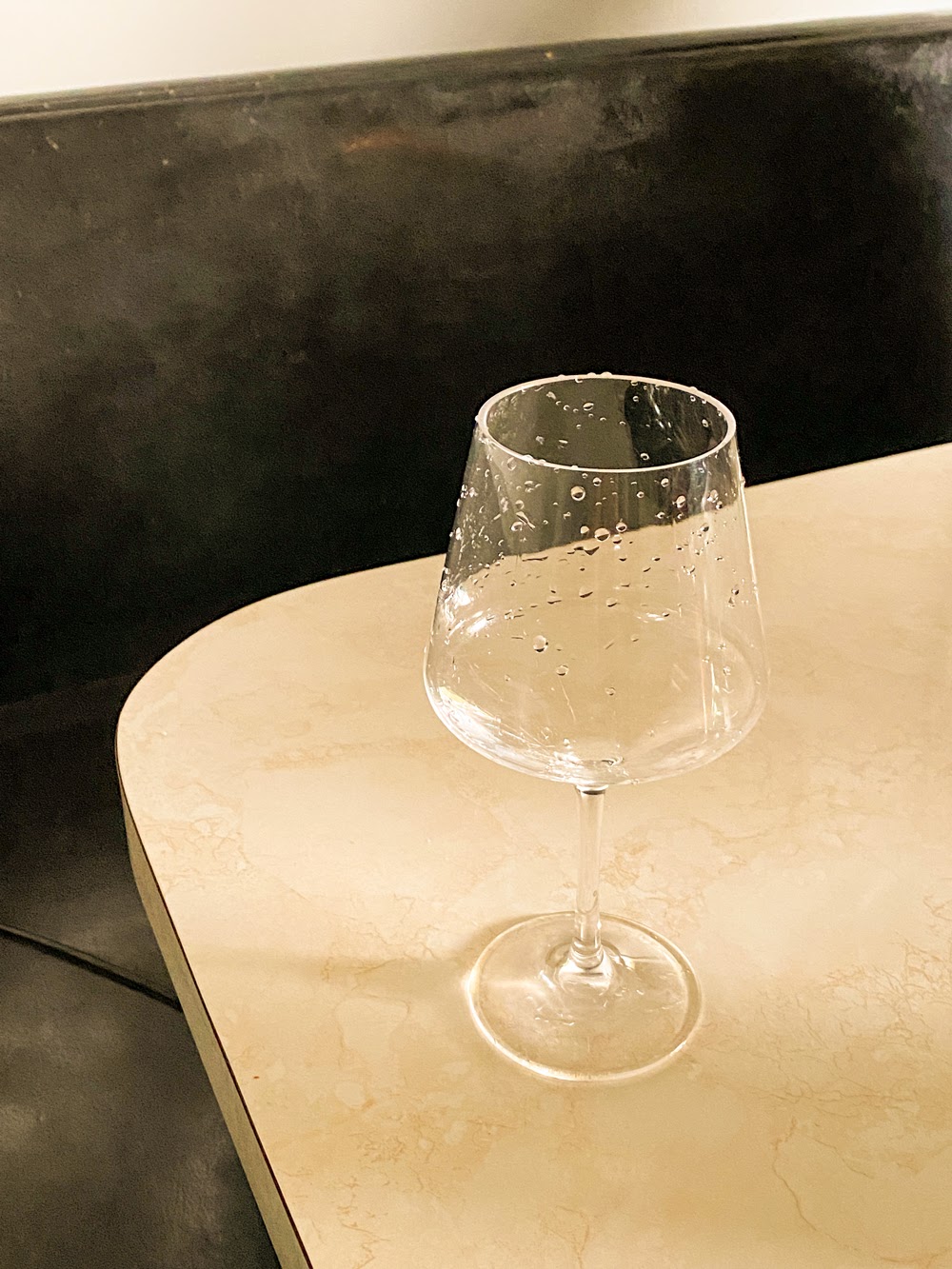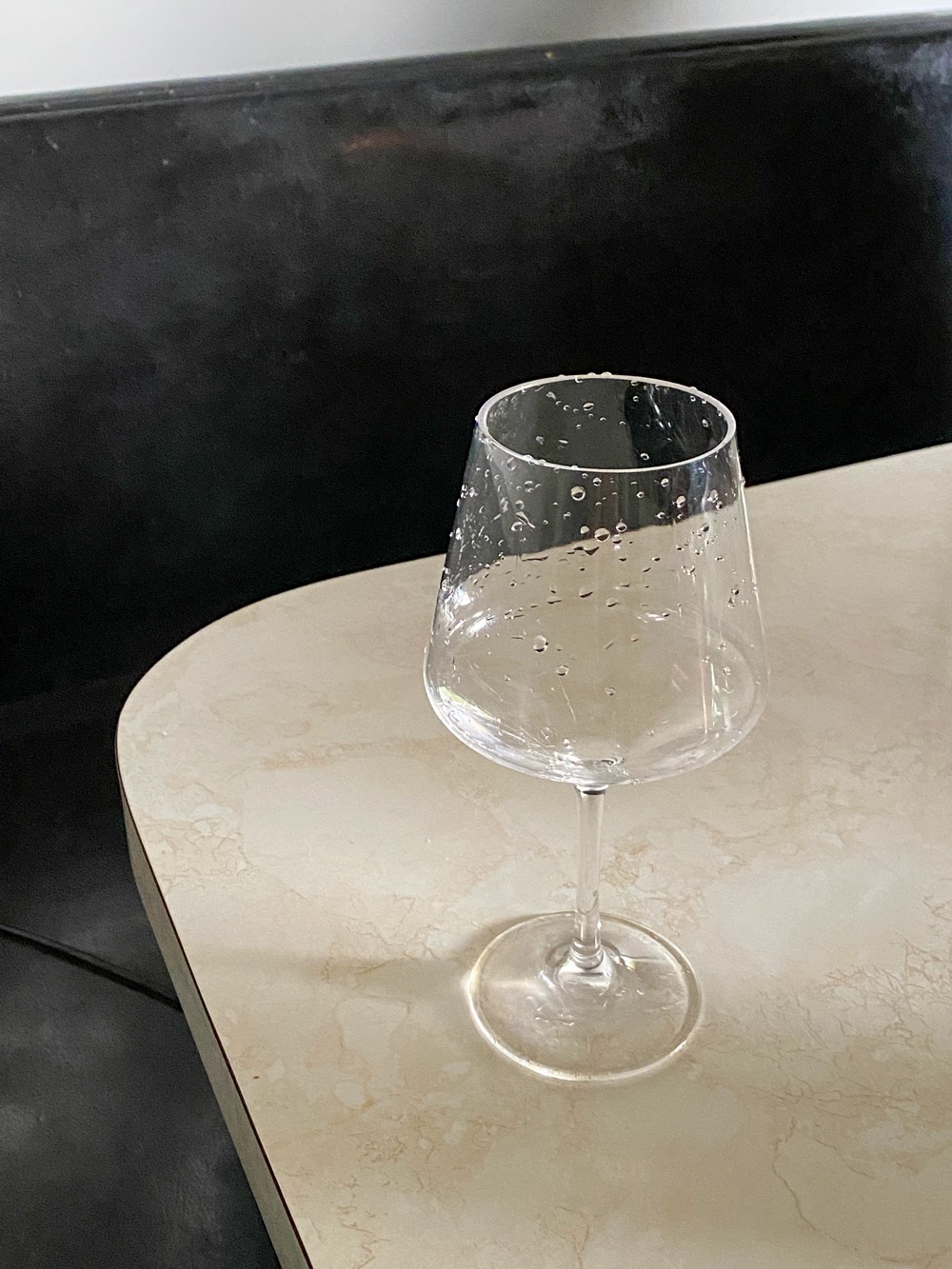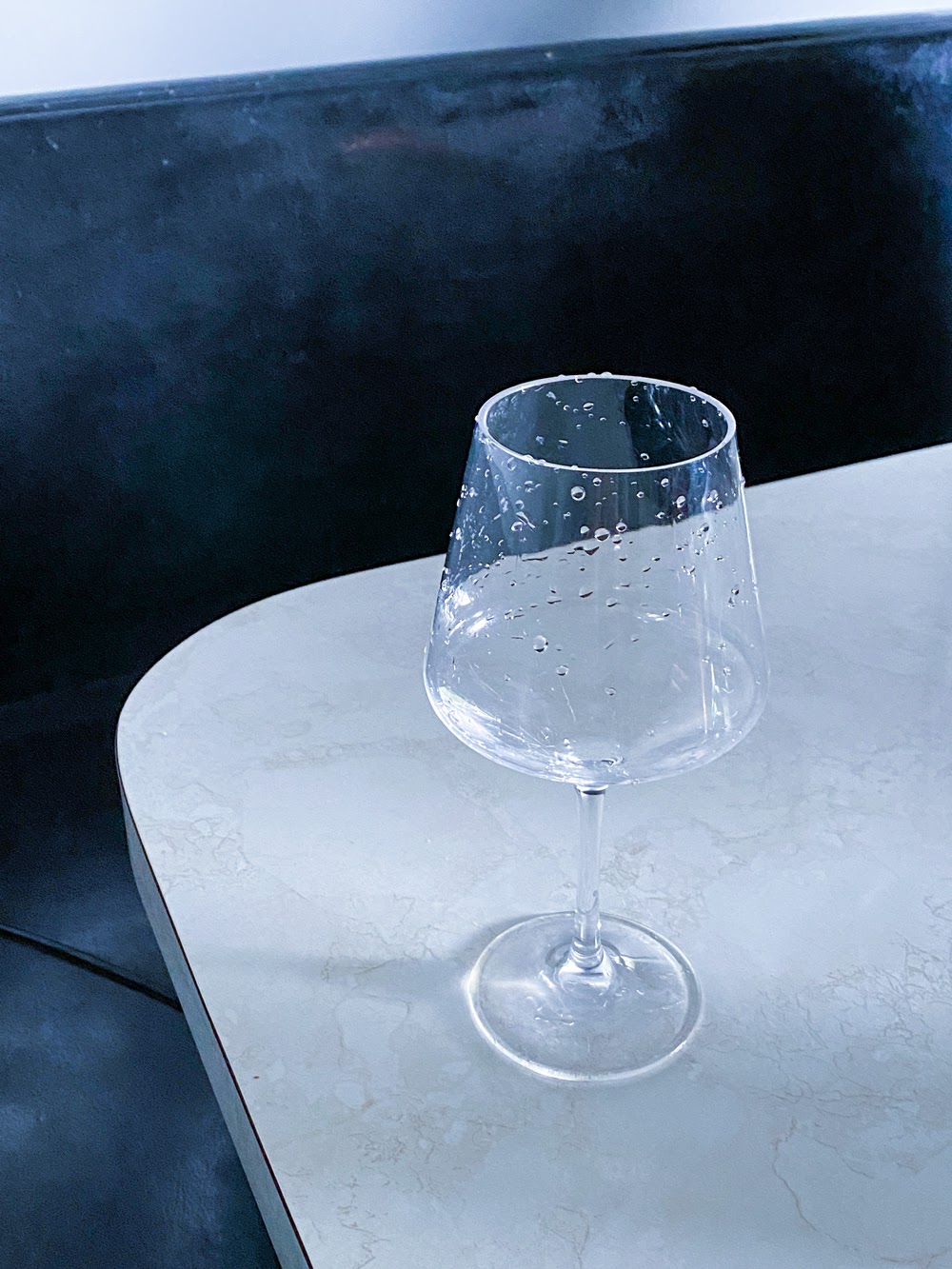Outlined below are some general best practices to follow when assigned to a photography or videography project.
The Creative Details
One of the most critical steps to take after being awarded a project is to read the creative details, messaging about any questions or concerns you might have. Your point of contact on the project (StudioNow producer or the client) will be able to answer all of your questions. If you're working on a full-service project where a producer is your point of contact, please direct all project questions to them. We want you to feel confident and have everything that you need for a successful project.
It is good practice to research the brand you are going to shoot for. Check their website, social media channels, and analyze their imagery. Doing this research will give you a better understanding of the brand's identity, style, and audience.
QUESTIONS TO ASK YOURSELF:
- What are the brand guidelines? Clarifying this will help you understand the brand you are creating for.
- What is the best way to deliver talent and location options?
- Are there any required must-have shots if "suggested shots" are only listed?
Communication
Communication is key when you have applied or been assigned to a project. Using the messaging thread alongside your project, introduce yourself and make sure you fully understand the vision and details.
Throughout the project, it's essential to be responsive in order to make a good impression. If you really need to get someone's attention like the client or a StudioNow Producer, use "@" to mention that person in the messaging thread.
Pre-production
Pre-production is one of the most important areas of focus. The more prepared you are, the better results you will be. If applicable, analyze the shot list and make sure you have everything ready for each scene. Tip: create checklists to keep things organized.
These are some possible items to include in your pre-production workflow:
- Send a call sheet to your talent and crew if you are on a video project.
- Gear checklist; make sure you pack everything that you need.
- Charge your batteries the night before the shoot.
- Test your equipment!
- Format your memory cards.
- If you are shooting tethered, make sure you have enough space in your hard drives.
- Test your software! You might get a new software update that could compromise compatibility with your gear.
- Check the weather! You want to wear the right clothing and prepare for any travel hindrances.
White Balance (Photo Projects)
Always adjust your white balance and make sure it is accurate and neutral. Using a grey card will help you get it right!
Once you have your lighting set up, take a shot with the grey card in the frame -this shot will be your source image when adjusting the rest of the photos. Anytime you change the lighting, make sure to take a shot with a grey card. This way, you will be able to edit the white balance and get consistency throughout the whole set of images.
In these samples, see how white balance can affect the tones and colors in your images:
Warm White Balance

Neutral White Balance

Cool White Balance

RAW (Photo Projects)
Ideally, you always want to shoot in RAW format. It is the best option to get the most out of your camera's sensor. A RAW file contains more information than any other file, which will give you more latitude to edit your imagery. It is easier to adjust white balance, do retouching, and bring back information in the shadows and highlights, etc. You also will have the flexibility to export your files into multiple formats options, like JPEGs, TIFFs, etc.
Tip: Check your presets on your camera and ensure that they match what was requested, if applicable.
Post-Production (Photo Projects)
Avoid using strong presets or filters in your images. Brands invest a lot of time and resources to create a product with the right colors, and if you put a filter on your images, those colors will change. Editing should always feel natural.
Good retouching should be unnoticed!
Make sure to always use layers when you need to do retouching. It is a non-destructive method, keeping your original files intact. They are extremely helpful when you need to compose or edit multiple areas in a photo. You can control their opacity, order, and properties.
Before submitting your images to StudioNow, you are responsible for adjusting the overall exposure, color balance, and any minor retouching. Check the project details for any final file dimensions, image resolution, and file format requirements.
Submitting Images (Photo Projects)
Make sure you deliver all the images that you shot. While you are shooting, capture a variety of angles and poses -subtle differences between frames can be a deciding factor.
Please ensure that your photos are labeled as directed in the creative details, if specified. If you have forgotten to name the files before uploading, you can change their names on the platform.
Once you have uploaded the images, please press the 'Submit for Review' button. We ask that you are on standby for the next 48-72 hours in case any questions arise about your work. Delay in responses ultimately delays payment, as we can not release payment until all questions are resolved.
Tip: Check the 'Summary' or 'Do's' section to determine the nomenclature of the files in the creative details.
- EX: “LAST_NAME_PRODUCT_SCENE_DATE”
Copyright Infringement
The end-use for the majority of client projects will be for commercial purposes. Unlike editorial photography, used to illustrate a story, commercial photography promotes and sells products through marketing and advertising. When shooting commercially, it's essential to have some understanding of intellectual property law, which includes copyright and trademark protection.
Copyright legally describes the rights creators have over the use of their work. This includes objects such as a sculpture or painting but can also include computer programs and designer furniture. Trademarks include branding such as logos and symbols that are associated with a corporation. Copyright infringement is when a creator's work or designs is used without their permission.
When shooting a project, you need to be aware of any visible logos or branding that are not the client's. Not only is there a law protecting the use of a logo, but the inclusion of a logo or trademark in a commercial shoot may conflict with the client's product. It may also create an unwanted endorsement or association with the client.
Examples to watch for:
- Labels on products
- Tags and branding on clothing/shoes
- Design/logos on sporting equipment
- Drawings and paintings
- Artwork on playing cards
- Book/magazine covers
- Branding on electronics, such as laptops, phones, tv, and buttons, identifies it as a specific manufacturer (command key, power button on a Mac).
- Computer programs, video games
- Artwork in the public domain such as graffiti or a sculpture
- Tattoos that are not generic and are the focus of the image
We recommend you consult the Getty Images Intellectual Property Wiki if you have any questions about using a product or shooting at a location that is not specified in the project you've been given. Please note some objects are copyrighted because of their unique design and should not be used in a commercial shoot.
Get in the habit of scouting your location for possible infringement objects or issues. Some can be retouched, but it's much easier to avoid these in the first place. A simple turn of a bottle or placement of the model's hand to cover a logo may save you a lot of time in post-production!